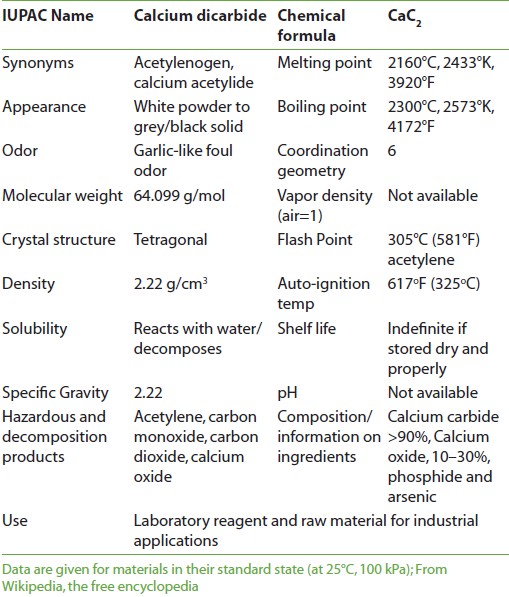Artificial Ripening Of Fruits Pdf Creator
Ethylene is a plant hormone widely used to ripen fruit. However, the synthesis, handling, and storage of ethylene are environmentally harmful and dangerous. We engineered E. Coli to produce ethylene through the activity of the ethylene-forming enzyme (EFE) from Pseudomonas syringae. EFE converts a citric acid cycle intermediate, 2-oxoglutarate, to ethylene in a single step. The production of ethylene was placed under the control of arabinose and blue light responsive regulatory systems. The resulting bacteria were capable of accelerating the ripening of tomatoes, kiwifruit, and apples. Dokumenty Pro 4 Crack Chaser.
Mr Destiny Ita Download Yahoo. Learn more about these metrics Article Views are the COUNTER-compliant sum of full text article downloads since November 2008 (both PDF and HTML) across all institutions and individuals. These metrics are regularly updated to reflect usage leading up to the last few days. The Altmetric Attention Score is a quantitative measure of the attention that a research article has received online. Clicking on the donut icon will load a page at altmetric.com with additional details about the score and the social media presence for the given article.


Find more information on.
Use of Calcium Carbide for Artificial Ripening of Fruits -Its Application and Hazards Uttam K. Bhattarai and Kshitij Shrestha. E-mail: ukbhattarai21@hotmail.com. Studies on physico-chemical changes during artificial ripening of. Polyethylene sheet to create high RH (80%) and kept for ripening. Fruits treated.
Download Game Sheep Dog N Wolf Iso. Fruit ripening gas - ethylene Ethylene (C 2H 4, also known as ethene) is a gaseous organic compound that is the simplest of the alkene chemical structures (alkenes contain a carbon-carbon double bond). Ethylene is the most commercially produced organic compound in the world and is used in many industrial applications. Ethylene is also a gaseous plant hormone. The hormone effects of ethylene on general plant growth were first noted in 1864 when leakage from gas street lighting systems caused stunting and deformation of nearby plants. In 1901 Neljubow identified the active component of the gas to be ethylene but it was not until 1934 that Gane identified that plants could synthesise ethylene and in 1935 Crocker proposed ethylene to be the hormone responsible for fruit ripening and senescence of vegetative tissues. Research has since demonstrated that ethylene has an important role in many plant development processes, including seed germination, vegetative growth, leaf abscission, flowering, senescence and fruit ripening. Ethylene also plays a role in response to water stress, chilling and mechanical injury.